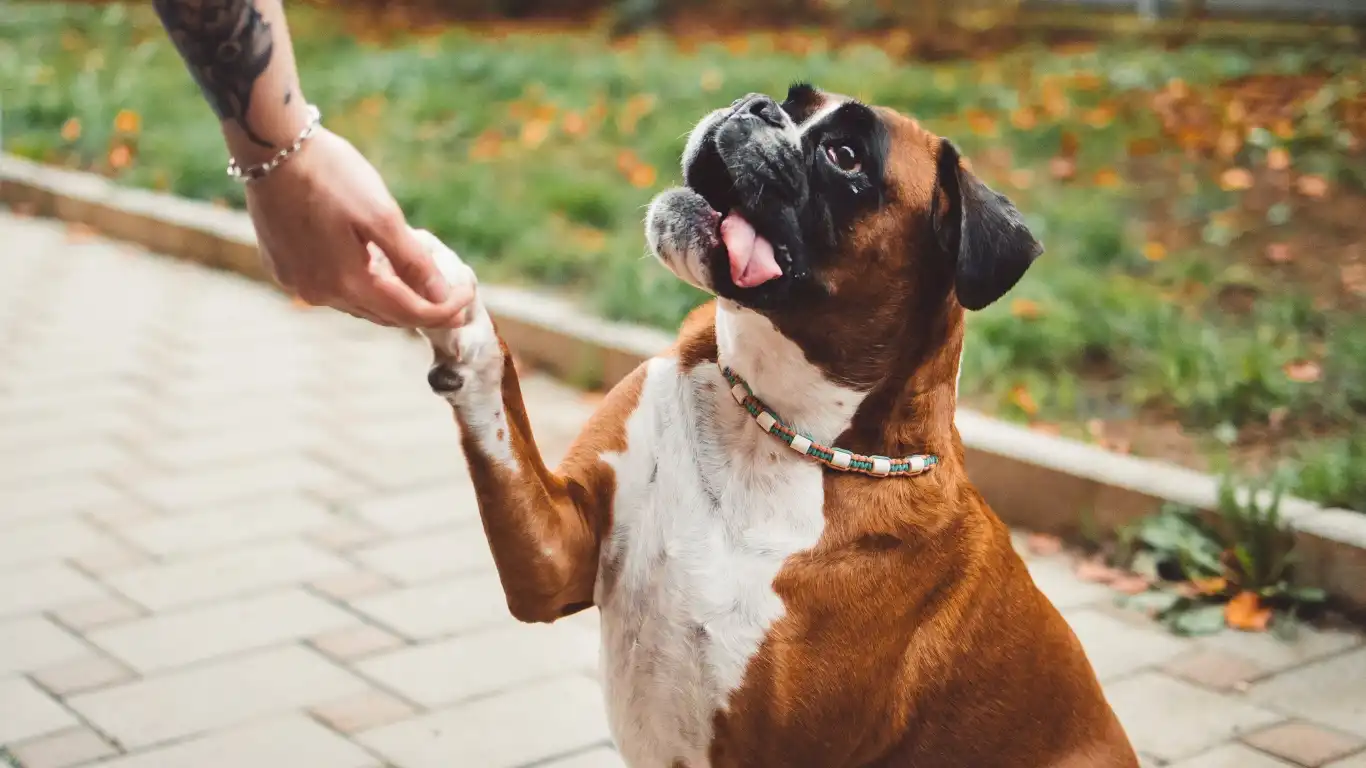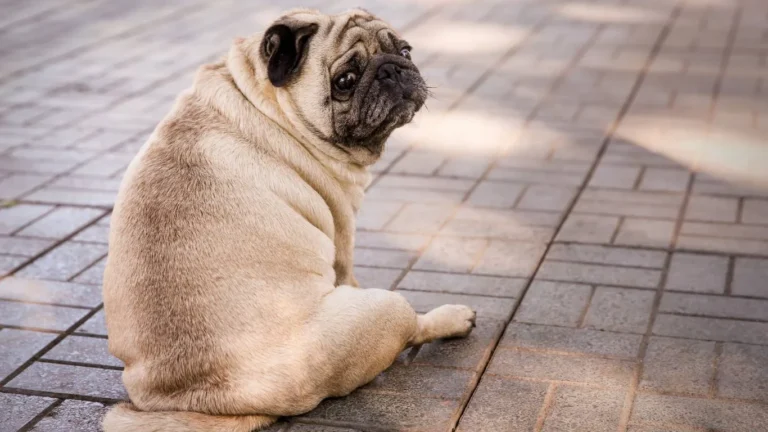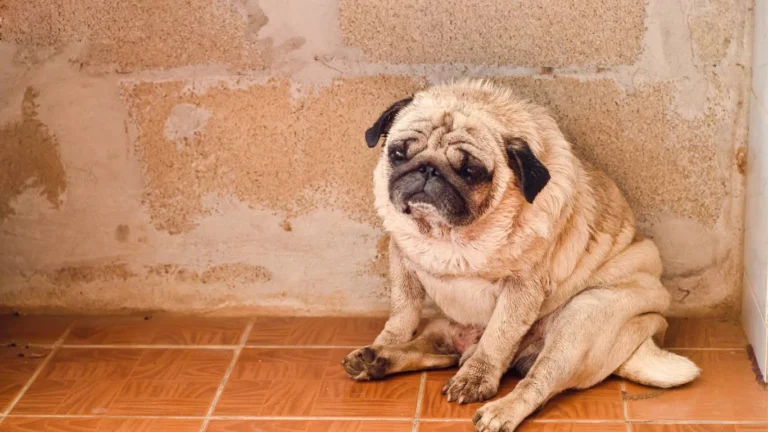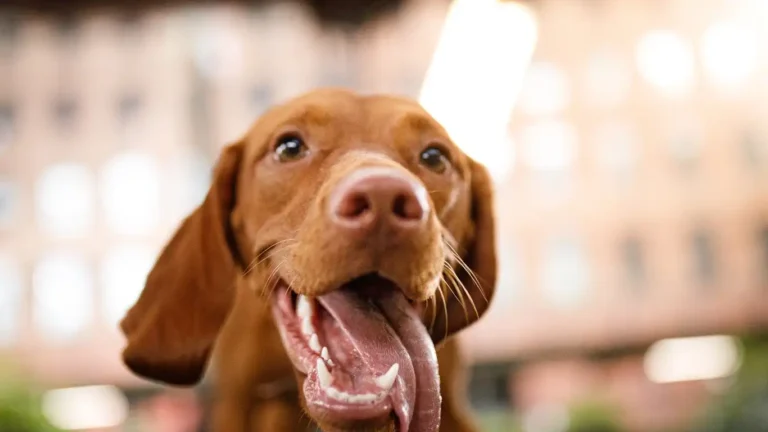The Shocking Truth: How to Properly Clean a Dog’s Water Bowl
Ever noticed that slimy, grimy layer clinging to your dog’s water bowl? Yeah, that nasty stuff is called biofilm, and trust me, it’s not just harmless residue—it’s a breeding ground for bacteria that could make your pup sick! As a pet care expert who’s spent years in veterinary clinics, I’ve seen firsthand how overlooked this simple task is. So today, let’s talk about how to properly clean a dog’s water bowl—and why it’s more important than you might think.
Why Cleaning Your Dog’s Water Bowl is a Big Deal

You wouldn’t drink out of a glass that’s been sitting around for days, collecting dust and bacteria, right? Well, neither should your dog. A neglected water bowl can harbor Salmonella, E. coli, and even mold spores. I’ve had pet parents come into the clinic, puzzled about why their dog keeps getting stomach upsets—only to discover their water bowl hasn’t been scrubbed in weeks!
Here’s why keeping it clean is crucial:
- Prevents bacterial growth: That slimy residue? It’s packed with harmful bacteria.
- Keeps water fresh: Stagnant water can develop a foul taste (and smell!).
- Supports better hydration: Dogs prefer clean, fresh water—just like us.
- Reduces risk of infections: Dirty bowls can lead to oral infections, digestive issues, and more.
How Often Should You Wash Your Dog’s Water Bowl?

When I first started working in a vet clinic, I was shocked at how many pet owners assumed rinsing the bowl once a week was enough. But let’s set the record straight—dog water bowls should be washed daily. Yep, every single day.
For best results:
- Daily: Rinse with hot water and mild dish soap.
- Every few days: Disinfect with a vinegar solution or pet-safe cleaner.
- Weekly: Give it a deep clean—more on that in a minute!
If your dog is prone to drooling or loves playing in the water, you may need to wash the bowl multiple times a day. I’ve got a Labrador who turns his water bowl into a personal swimming pool, so trust me, I know the struggle!
Signs Your Dog’s Water Bowl Needs Cleaning ASAP
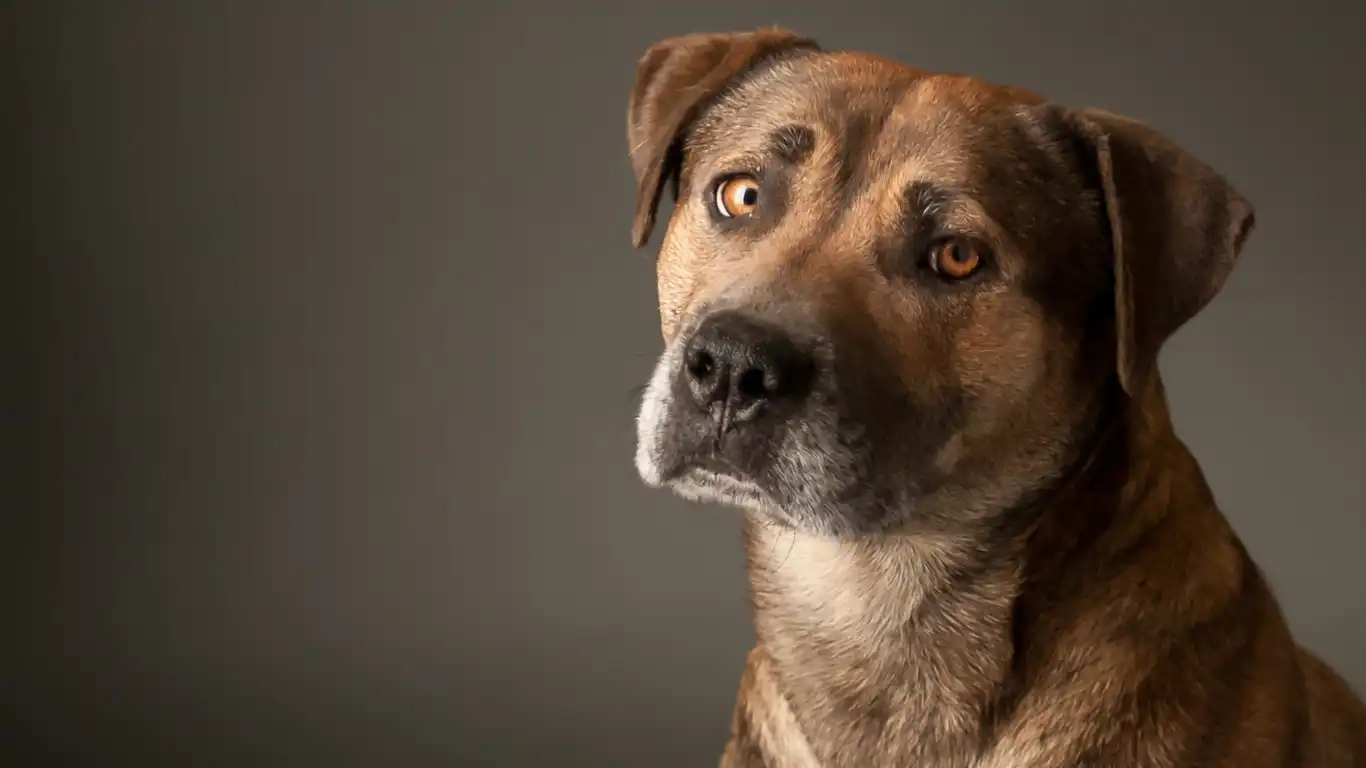
Think your dog’s bowl looks fine? Take a closer look! Here are some telltale signs it’s overdue for a scrub:
- Slime buildup: That slippery, filmy layer is bacteria central.
- Discoloration: If the bowl looks cloudy or has dark spots, it’s time for a deep clean.
- Foul odor: Water shouldn’t smell funky—if it does, bacteria are thriving.
- Your dog avoids it: Some dogs refuse to drink from a dirty bowl (smart pups!).
- Visible dirt or debris: Bits of food, hair, or dust? Time for a wash.
Trust me, keeping your dog’s water bowl clean is one of the simplest ways to support their overall health. In the next section, I’ll walk you through the best cleaning methods, step by step!
Step-by-Step Guide on How to Properly Clean a Dog’s Water Bowl

Alright, now that we know why keeping your pup’s water bowl clean is so important, let’s dive into the best way to clean it. I’ve tried a bunch of different methods over the years, and this simple routine works like a charm.
What You’ll Need
Before you start scrubbing, gather these essentials:
- Mild dish soap: Avoid anything with harsh chemicals or strong fragrances.
- Hot water: Helps break down grime and kill bacteria.
- A dedicated sponge or brush: Don’t use the same one for your dishes—yuck!
- White vinegar or baking soda: For deep-cleaning and removing stubborn residue.
- A clean towel: To dry the bowl thoroughly.
Daily Cleaning Routine
Every single day, follow this quick and easy process:
- Empty the bowl: Pour out any leftover water (and avoid refilling it without washing first!).
- Scrub with soap and hot water: Use a sponge or brush to clean every nook and cranny.
- Rinse thoroughly: Soap residue can leave an aftertaste your dog won’t appreciate.
- Dry completely: Leaving the bowl wet encourages bacteria to grow.
Deep-Cleaning (At Least Once a Week!)
Even with daily washing, some buildup can be stubborn. That’s where a weekly deep clean comes in:
- Soak in vinegar or baking soda: Fill the bowl with a 50/50 mix of vinegar and water (or sprinkle in baking soda) and let it sit for 10-15 minutes.
- Scrub well: Pay extra attention to the bottom and edges.
- Rinse thoroughly: No one wants their water tasting like vinegar.
- Air dry or towel dry: Moisture breeds bacteria, so make sure it’s completely dry.
Trust me, once you get into this habit, your dog’s bowl will stay fresher—and your pup will be happier!
Choosing the Right Water Bowl for Easy Cleaning
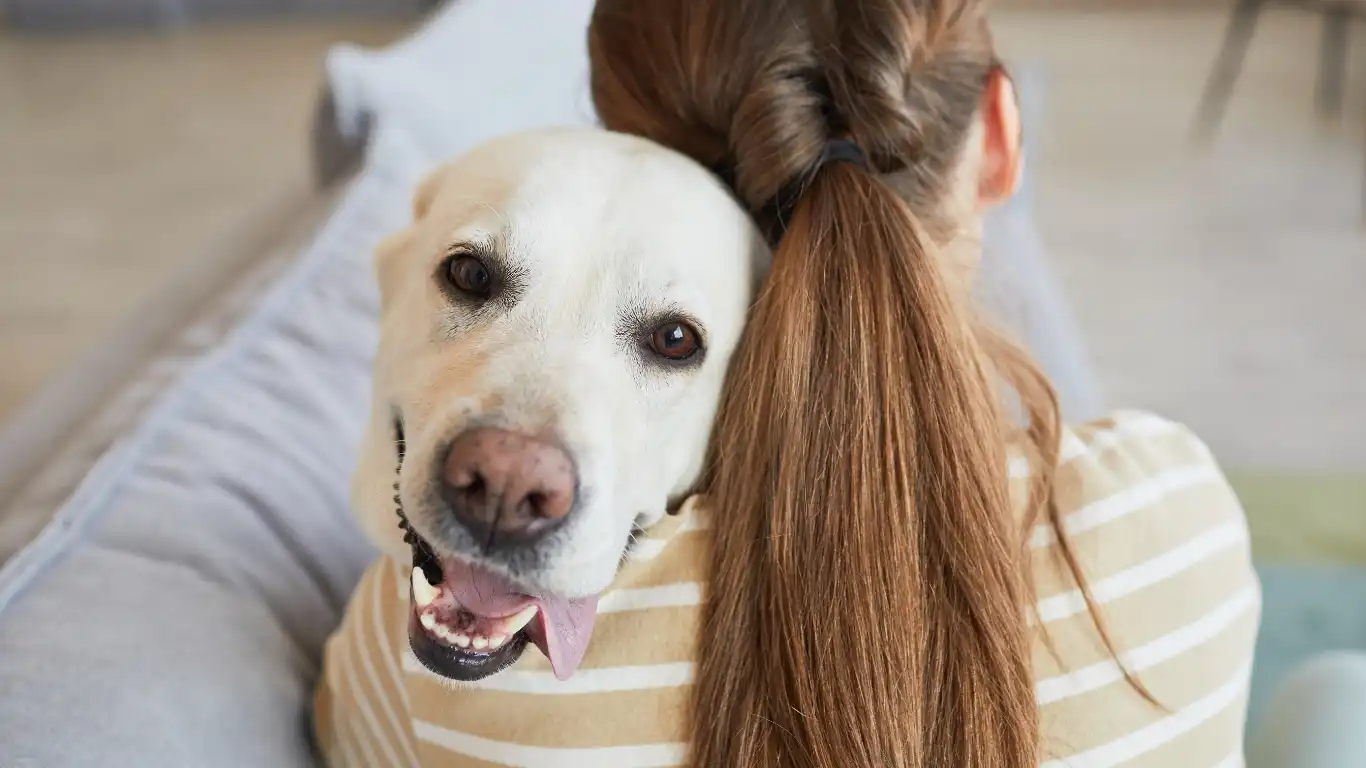
Believe it or not, not all dog bowls are created equal. Some are way easier to clean than others, and certain materials are less likely to harbor bacteria. If you’re constantly battling slime buildup, it might be time for a bowl upgrade.
Best Materials for a Clean Water Bowl
- Stainless Steel: My top recommendation! It’s durable, resists bacteria, and is dishwasher-safe.
- Ceramic: A good choice if glazed properly, but cracks can trap bacteria.
- Glass: Easy to clean and non-porous, but breakable.
Avoid: Plastic bowls! They scratch easily, creating tiny crevices where bacteria love to hide. If you must use plastic, replace it often.
Common Mistakes to Avoid When Cleaning Your Dog’s Water Bowl
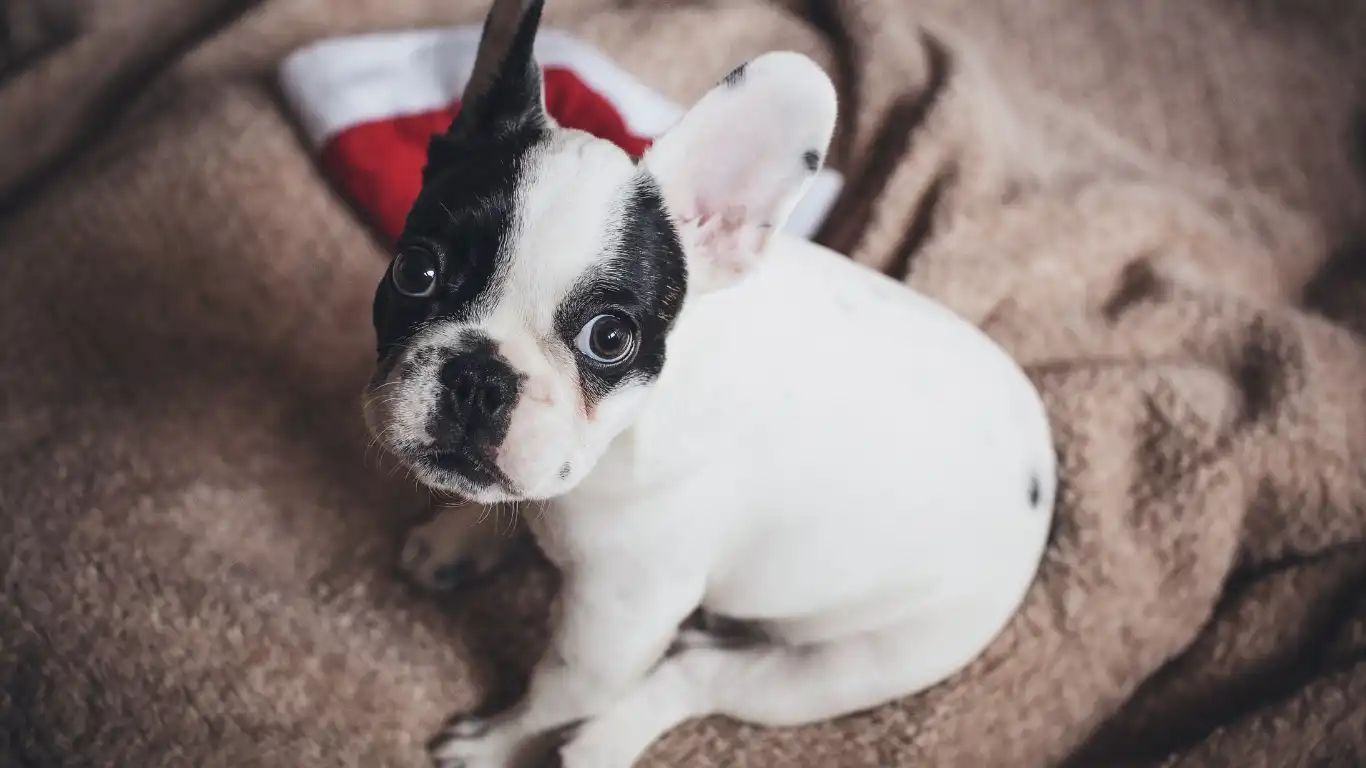
Even with the best intentions, some mistakes can actually make your dog’s water bowl less clean. Here are a few things to avoid:
Using the Wrong Cleaning Products
Bleach and other strong disinfectants can leave behind harmful residues. If you do use them, rinse thoroughly and let the bowl air dry for hours before refilling.
Skipping Daily Washing
A quick rinse isn’t enough—bacteria can multiply fast. Make daily scrubbing a habit!
Reusing a Dirty Sponge
If your sponge or brush is covered in old food particles, you’re just spreading bacteria. Use a separate one just for pet bowls.
Leaving the Bowl Wet
Always dry the bowl completely. A damp surface is the perfect environment for bacteria to thrive.
By avoiding these mistakes, you’ll keep your dog’s water bowl truly clean—giving them the fresh, healthy hydration they deserve!
Case Studies & Real-Life Examples

Let’s get real for a second. I’ve seen countless cases in the clinic where a dirty water bowl played a role in a pet’s health issues. You might think, “It’s just water—how bad can it get?” But trust me, bacteria don’t mess around.
Case Study: The Golden Retriever with Chronic Stomach Issues
One of my clients, Sarah, had a beautiful Golden Retriever named Max. He was a happy pup, but every few weeks, he’d have digestive troubles—vomiting, diarrhea, and a general lack of energy. Sarah switched his food, gave him probiotics, even had multiple vet visits, but nothing worked long-term.
Finally, during a consultation, I asked about his water bowl. Turns out, she only washed it once a week, just rinsing in between. When she switched to daily washing and deep-cleaning with vinegar once a week, Max’s stomach issues vanished within a month!
Case Study: The Chihuahua with a Mysterious Mouth Infection
Another case involved a tiny Chihuahua named Bella. Her owner, Jake, noticed Bella had bad breath and was pawing at her mouth. A vet check revealed an oral infection caused by bacteria—likely from her water bowl, which hadn’t been properly cleaned in weeks.
Once Jake started washing her bowl daily and switched from plastic to stainless steel, Bella’s mouth healed up completely.
Key Takeaways: What You Need to Remember
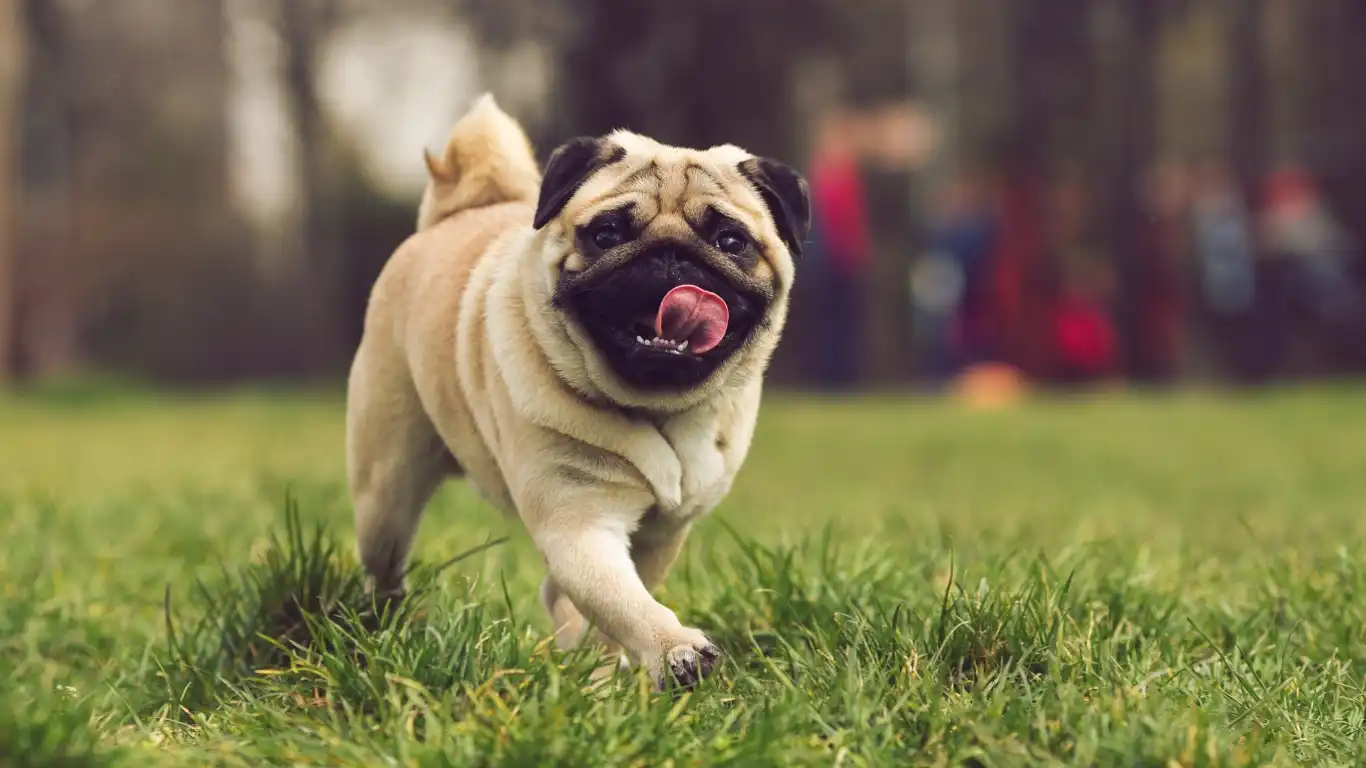
We’ve covered a lot, but if you only take away a few things from this, let them be these:
- Wash your dog’s water bowl daily—no excuses!
- Use pet-safe cleaners like mild dish soap, vinegar, or baking soda.
- Avoid plastic bowls—opt for stainless steel, ceramic, or glass instead.
- Check for slime or odors—these are clear signs the bowl needs a deep clean.
- Don’t just rinse—scrubbing and disinfecting are key.
Making these simple changes can have a huge impact on your dog’s health.
FAQs
Still have questions? Here are some common ones I hear from pet parents:
How often should I replace my dog’s water bowl?
It depends on the material. Stainless steel bowls can last for years if well-maintained. Plastic bowls should be replaced every few months due to scratches that trap bacteria.
Can I put my dog’s water bowl in the dishwasher?
Yes! If the bowl is dishwasher-safe, using the dishwasher on a hot cycle is an excellent way to disinfect it.
What if my dog refuses to drink from a freshly cleaned bowl?
Some dogs are sensitive to changes. Make sure to rinse thoroughly so there’s no soap residue, and try placing the bowl in the same spot as usual.
Does filtered or bottled water help keep the bowl cleaner?
It can! Tap water often contains minerals that contribute to biofilm buildup. Using filtered water may slow down slime formation.
Bonus: Additional Resources or DIY Tips
Want to take your pet’s water hygiene to the next level? Here are some extra tips:
- DIY natural cleaner: Mix equal parts vinegar and water for an effective, pet-safe disinfectant.
- Use a second bowl: Rotate between two bowls so one is always clean and dry.
- Invest in a pet water fountain: Moving water stays fresher longer and encourages hydration.
Appendix
Table: Quick Cleaning Guide
| Task | Frequency |
|---|---|
| Wash with soap & hot water | Daily |
| Deep clean with vinegar/baking soda | Weekly |
| Replace plastic bowls | Every few months |
| Check for slime or odor | Daily |
References
Disclaimer
The information in this article is based on professional experience and research but is not a substitute for veterinary advice. Always consult your vet for concerns about your pet’s health.
Call to Action
Have you checked your dog’s water bowl today? Go give it a scrub, and let me know in the comments—how often do you clean your pet’s bowl? Let’s keep our furry friends healthy together!
